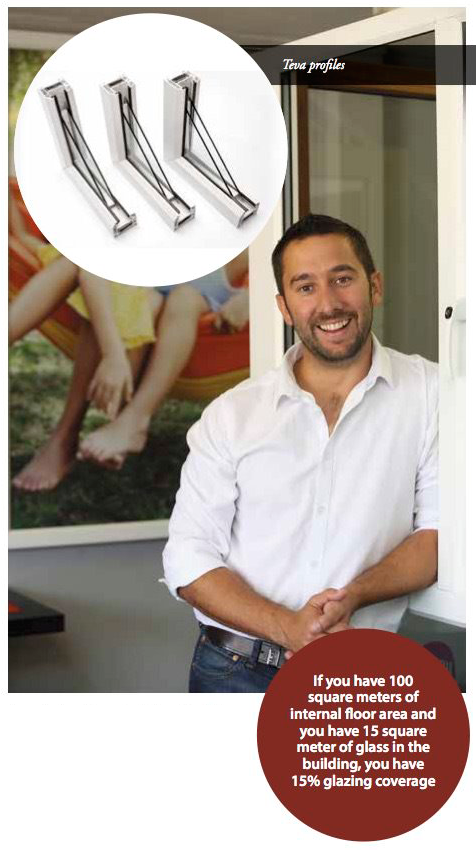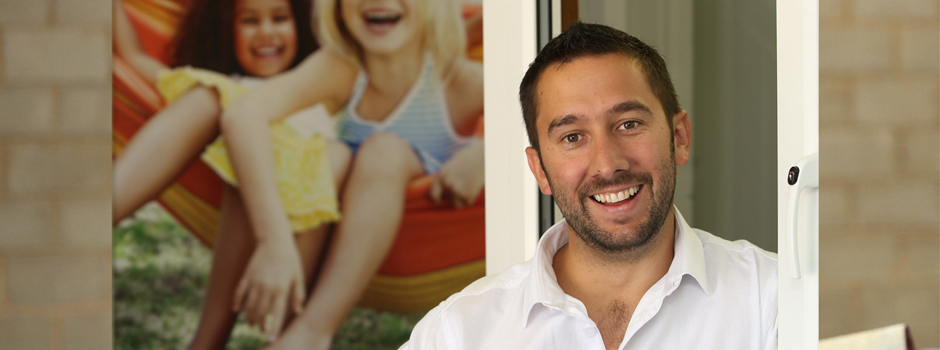A greener view on quality of life.
 Energy-efficient windows is not nice-to-have. Really, it isn’t.
Energy-efficient windows is not nice-to-have. Really, it isn’t.
The South African government requires that all new commercial and residential property developments, including renovations, use energy-efficient windows. And while it has been a challenge to monitor and enforce government regulations, there are a handful of architects, property developers and home owners who are committed to sustainable building design.
According to Wikepedia, sustainable design is the philosophy of designing physical objects, the built environment, and services to comply with the principles of social, economic, and ecological sustainability.
For us at TEVA, sustainable building design is about improving the quality of life for people who live in the homes which are built.
Over the last 12 months, TEVA tested the practical value of their best double-glazing energy efficient windows which use uPVC frames in comparison to worse case single-glazing which uses aluminium frames. A local consulting firm was appointed to model a house and an office in seven climate zones to assess the difference in energy performance of sustainable versus non-sustainable building design.
The office with only 15% glazing area versus nett internal floor area yields an energy saving of 20.58%. A house with 55% glazing coverage versus nett internal floor area, yields an average energy saving of 68.37%.
All too often, particularly in the instance of low-cost housing developments, sustainable building design is not a consideration.
For many recipients of low-cost houses, significant portions of their income is spent on their monthly electricity bill. Many cannot even afford electrical appliances and the utilities which could enhance their day to day experience in the home. But at a new housing development in Marikana in the North West Province, TEVA has been contracted to supply its range of energy-efficient windows which will undoubtedly offer these new home owners a better quality of life.
These families will live in homes that are insulated from the cold, reducing the need for excessive use of heaters during winter, and keeping the home cool in summer. But it required, as with most solutions, foresight. And effective partnership between and amongst property developers, architects, spatial development planners and ultimately, the home owner.
That is, of course, if quality of life is a consideration.
Click here to view the article page.

